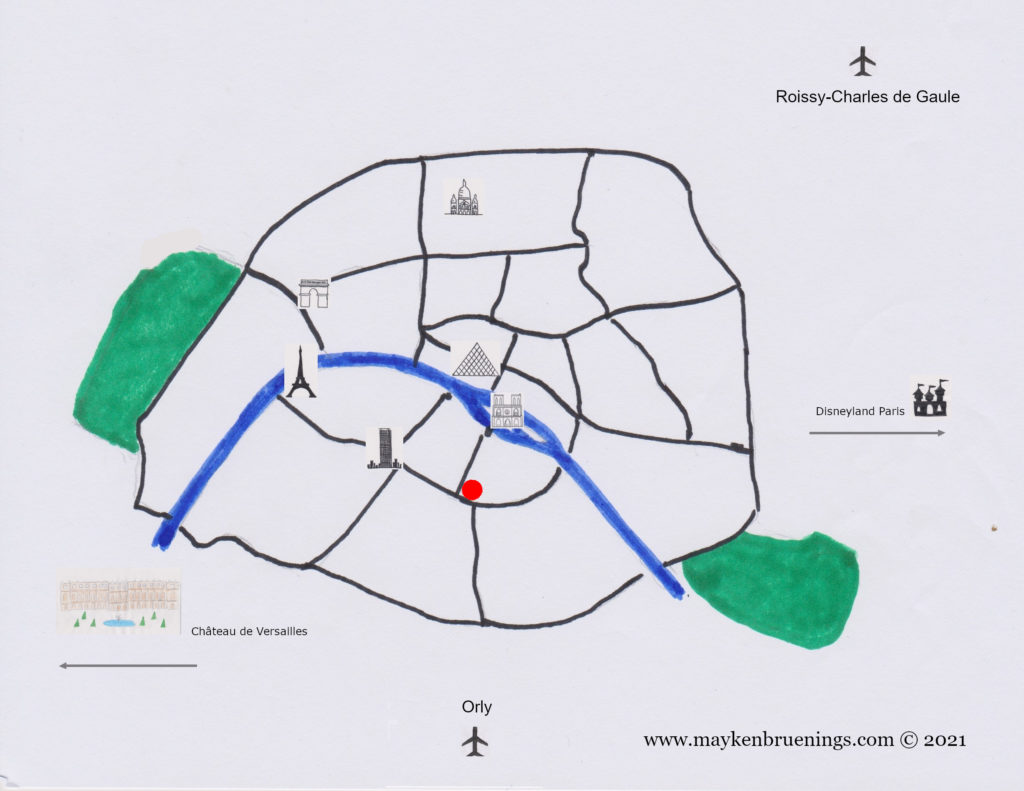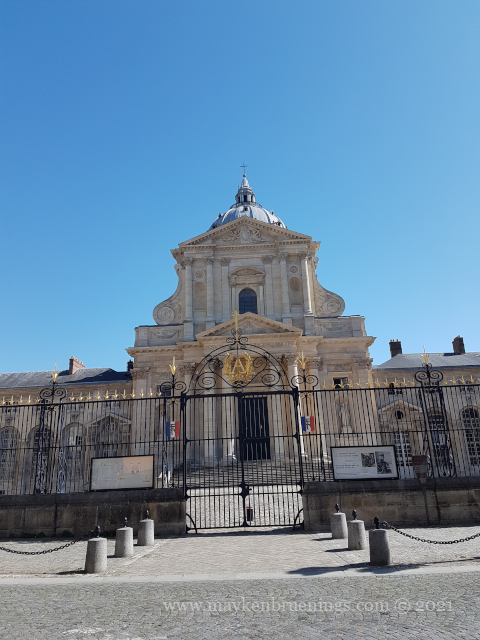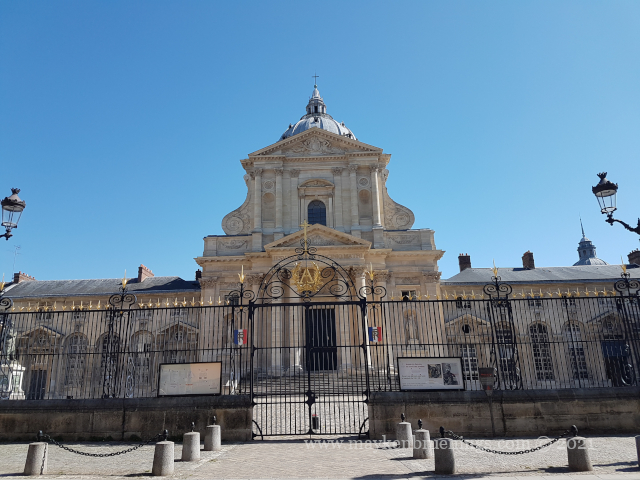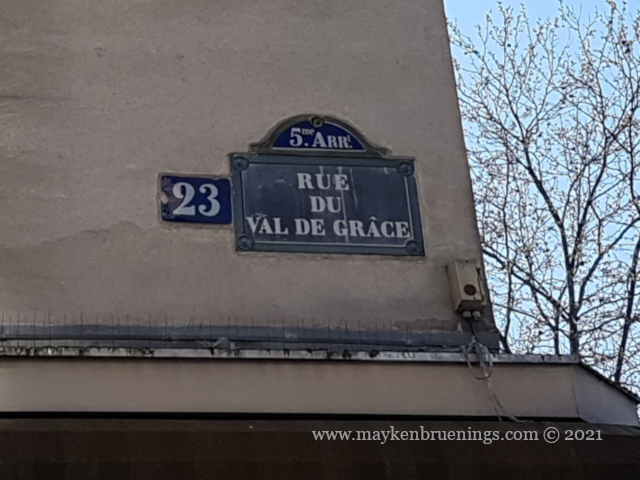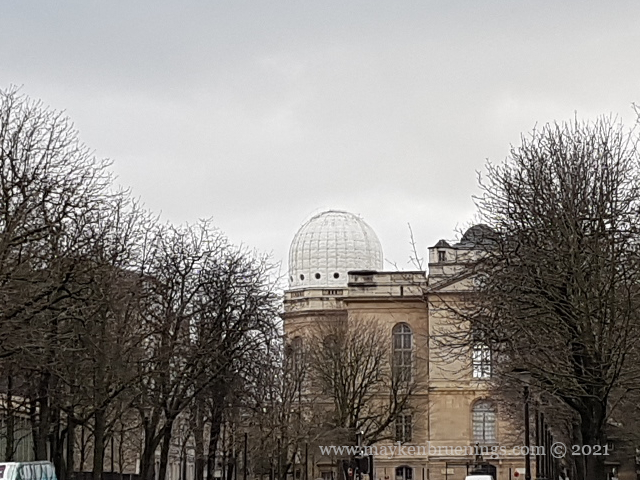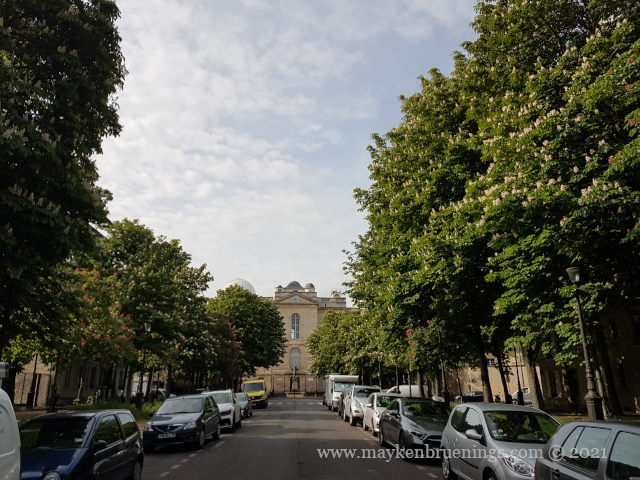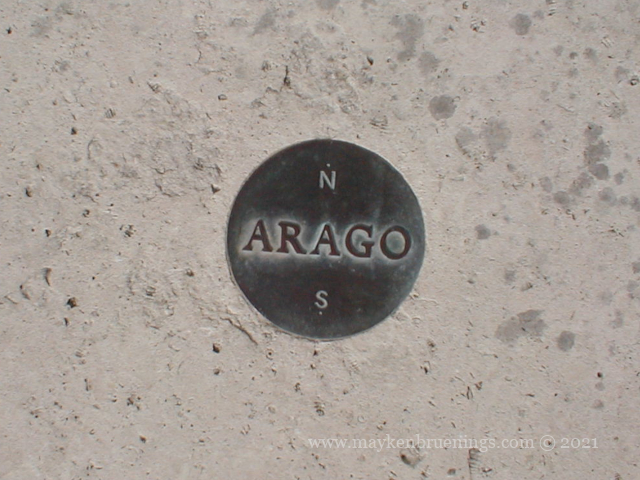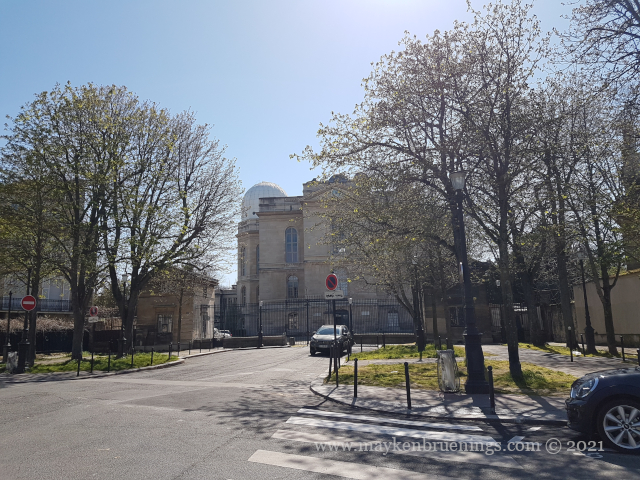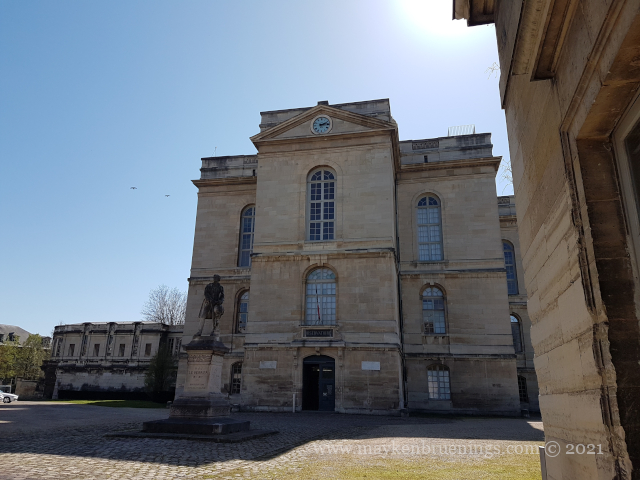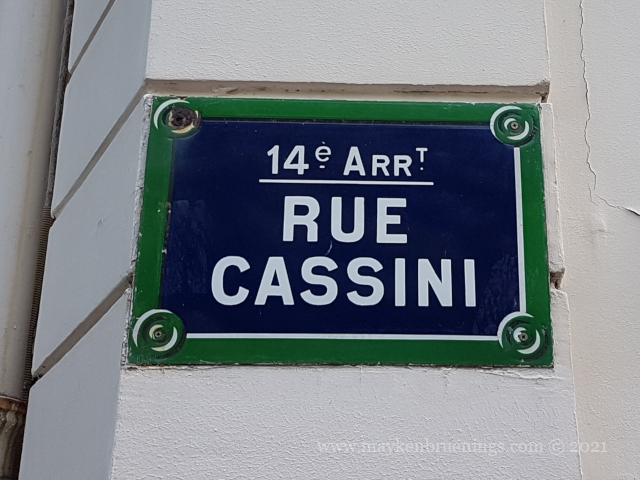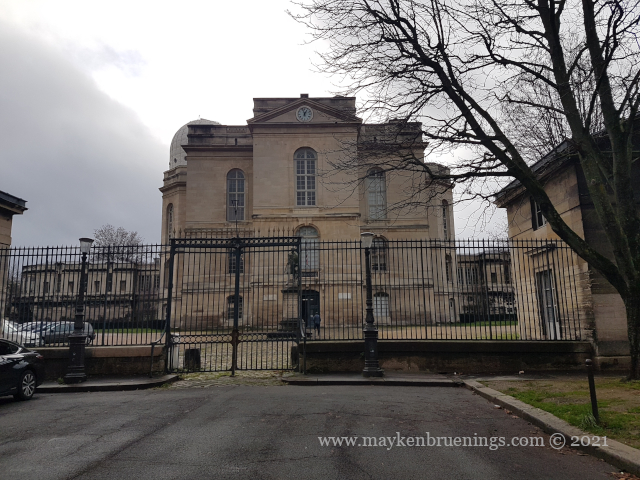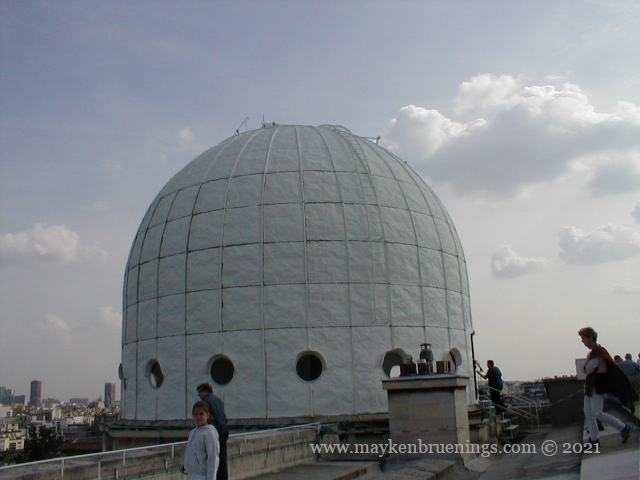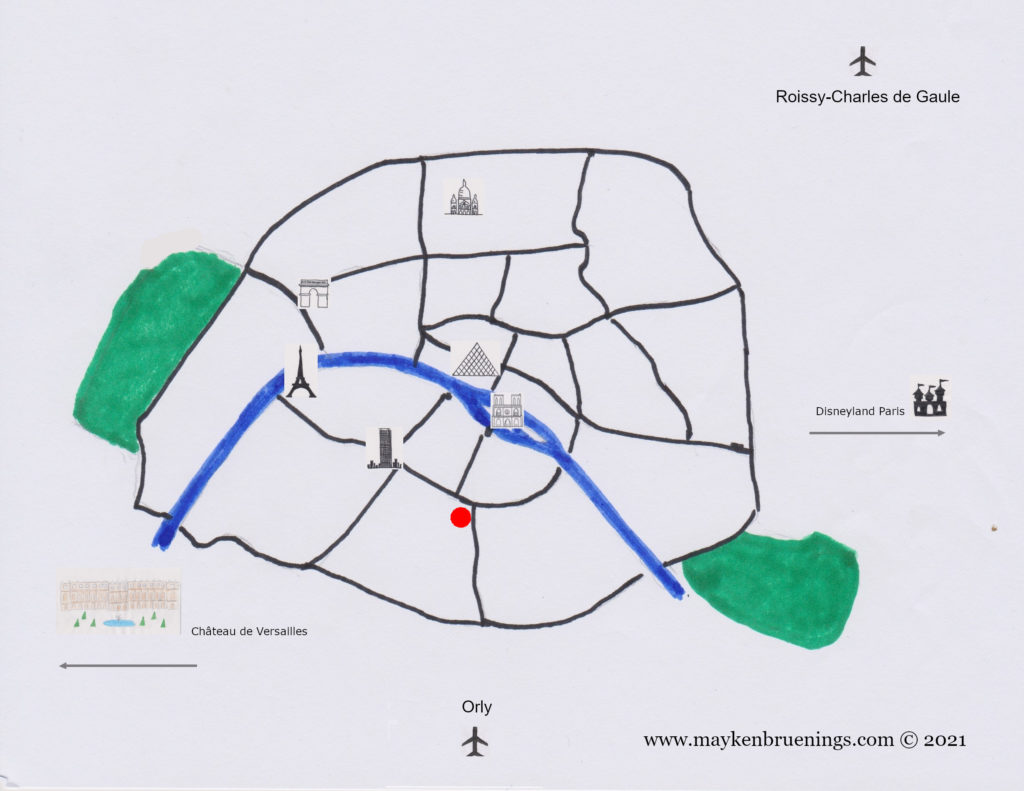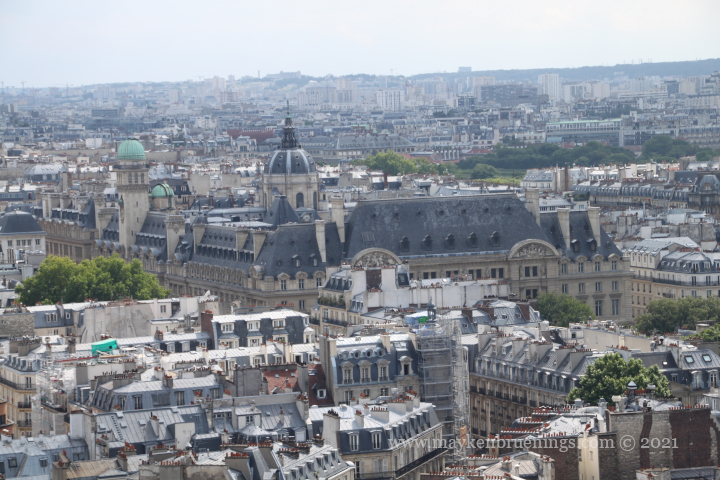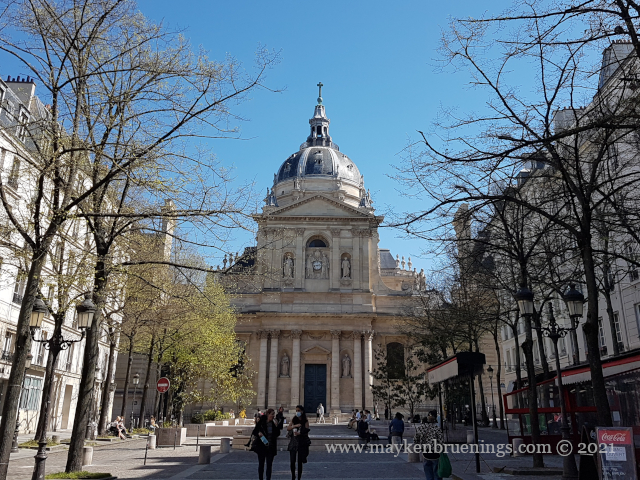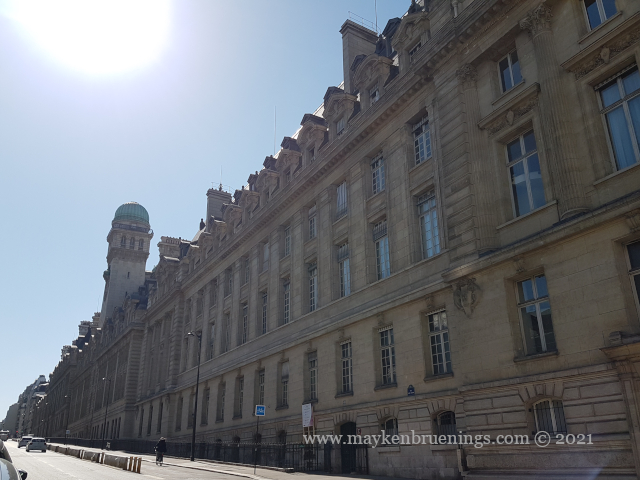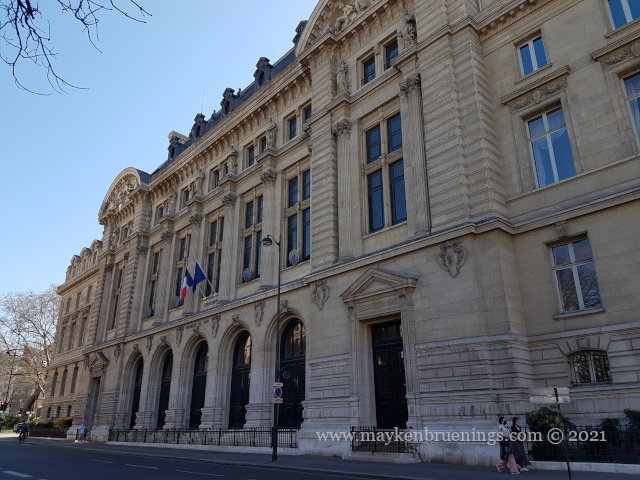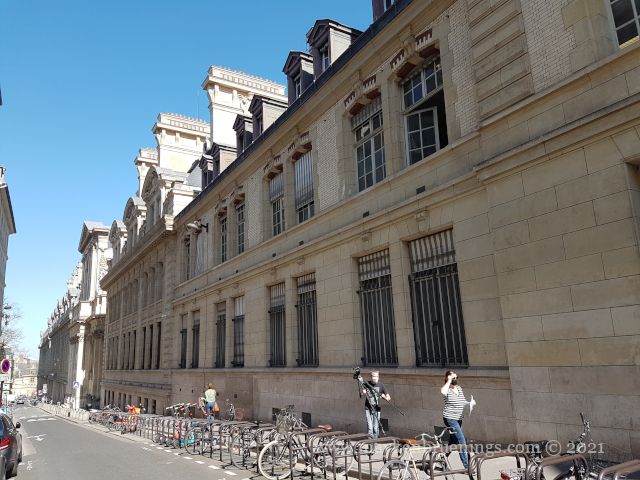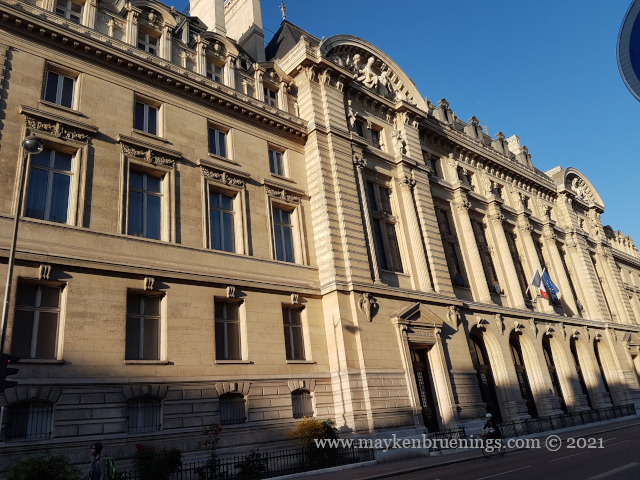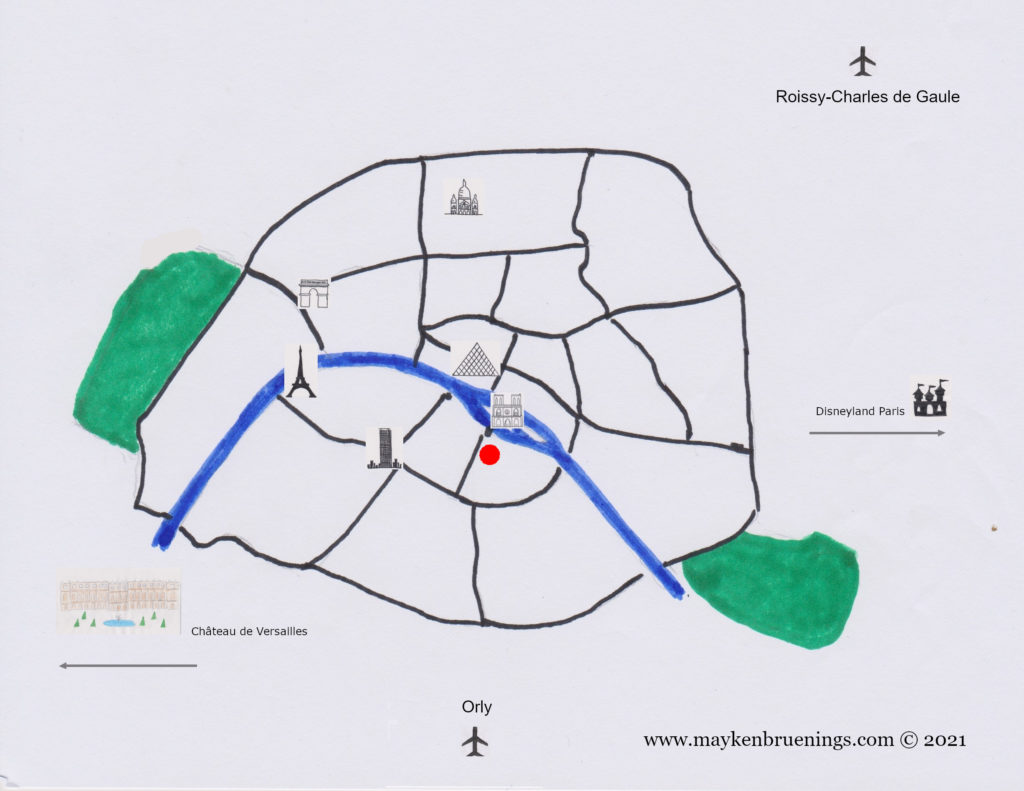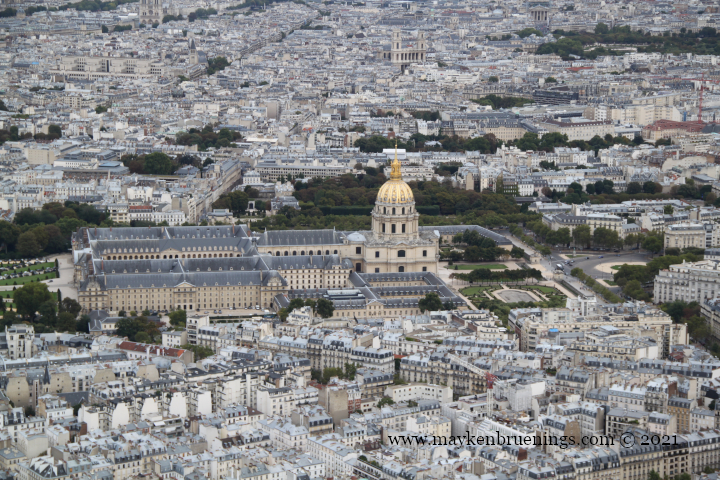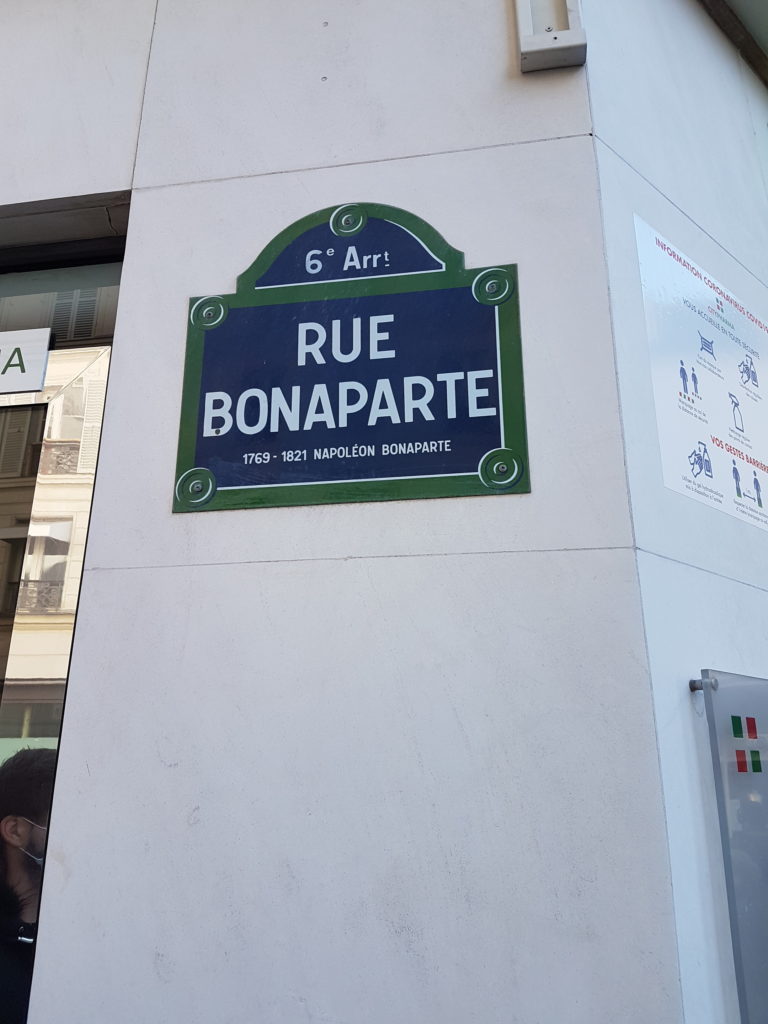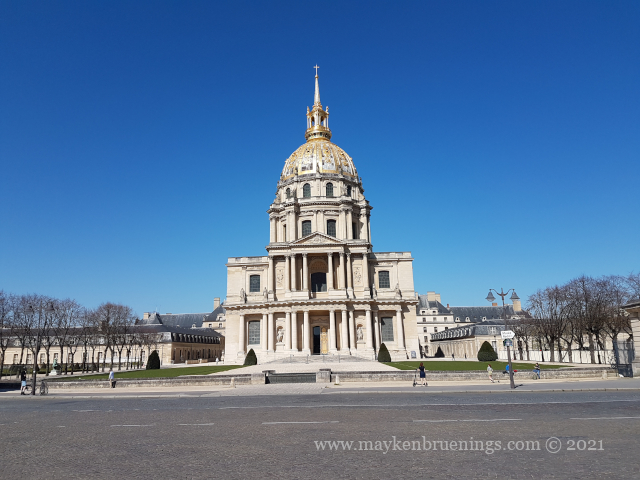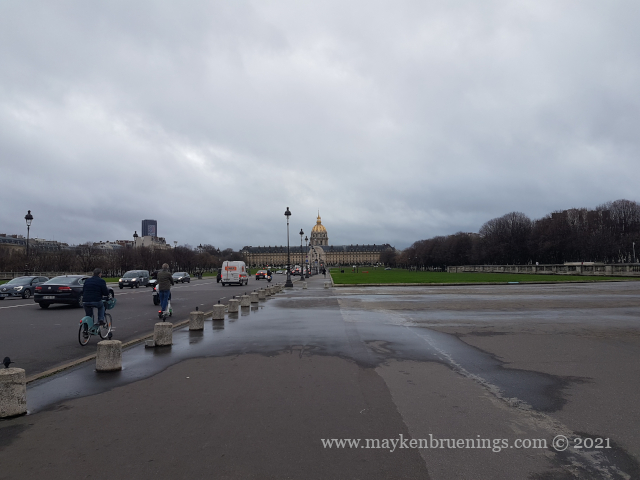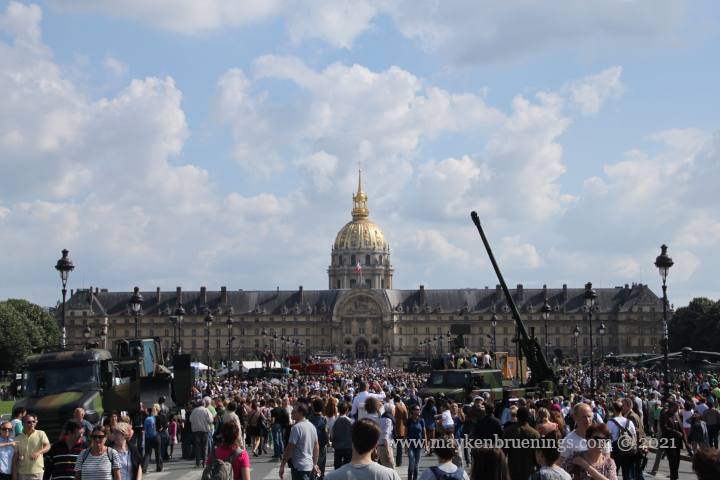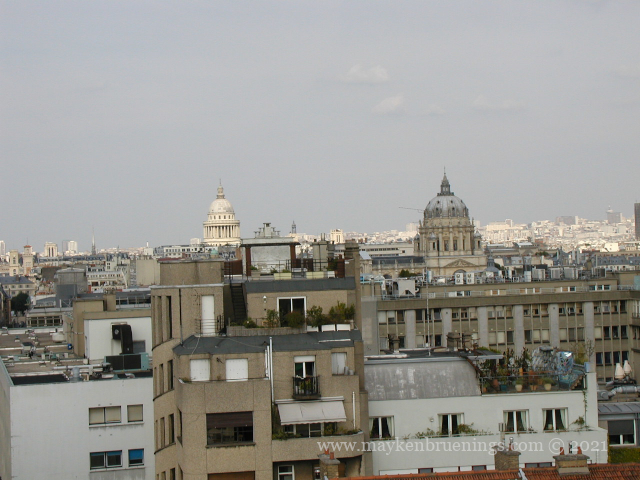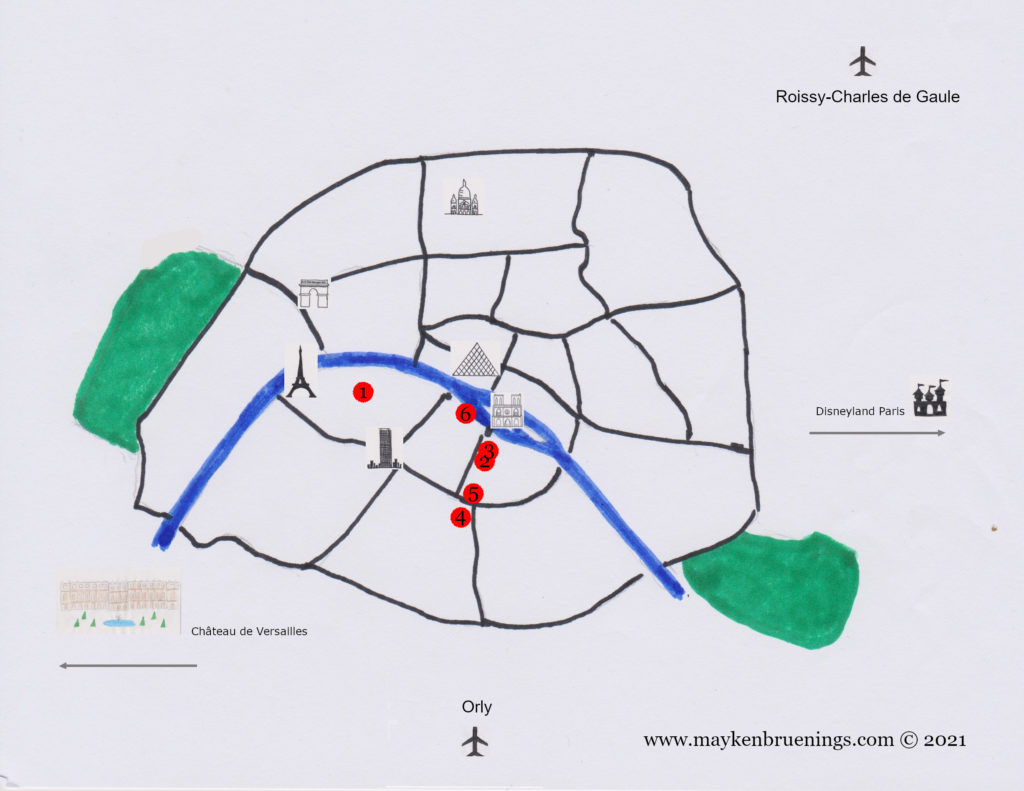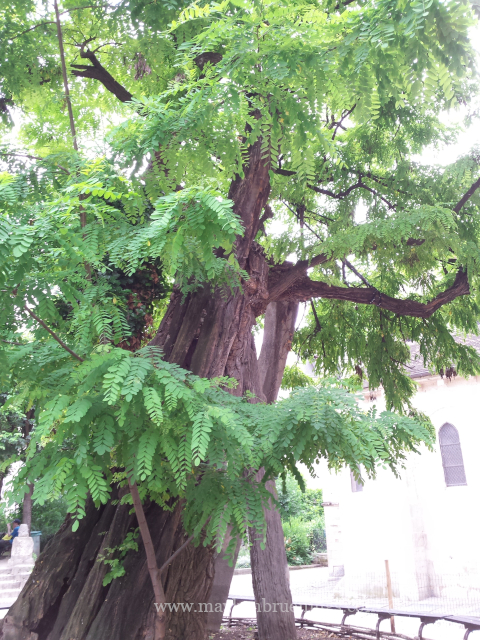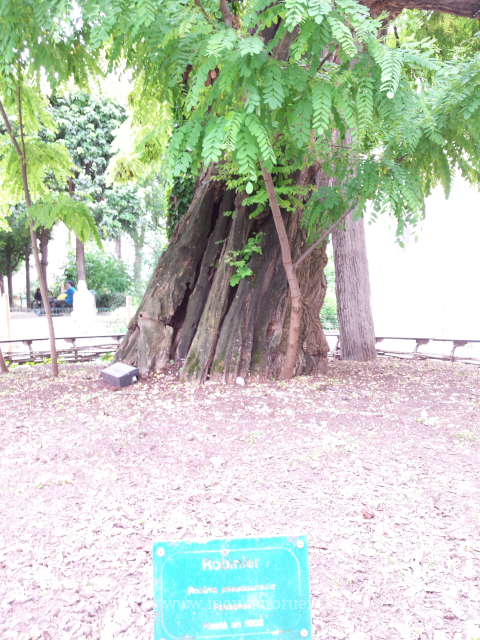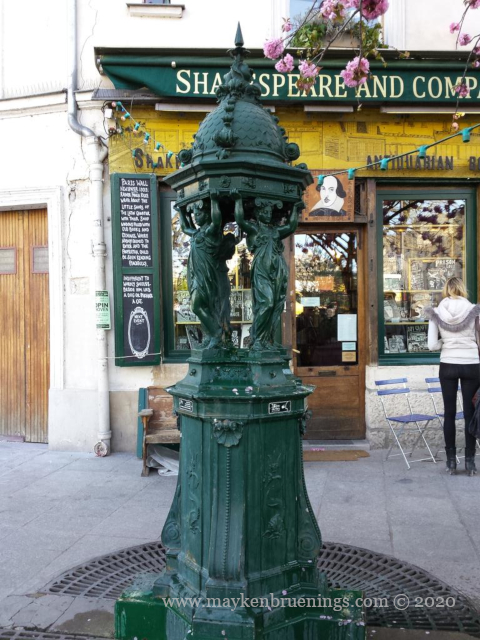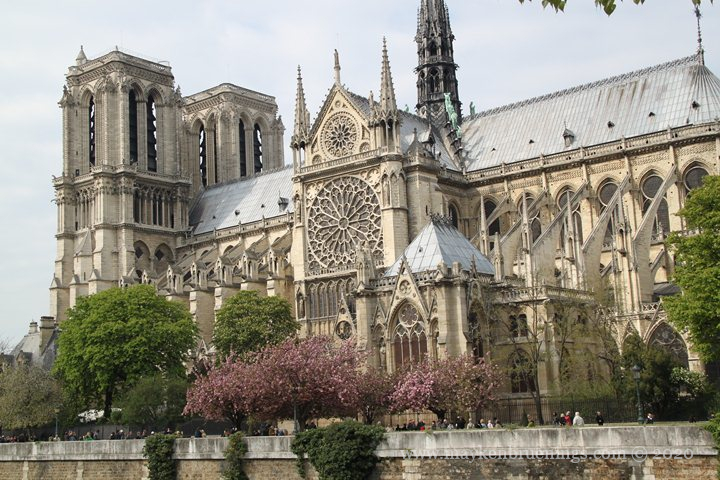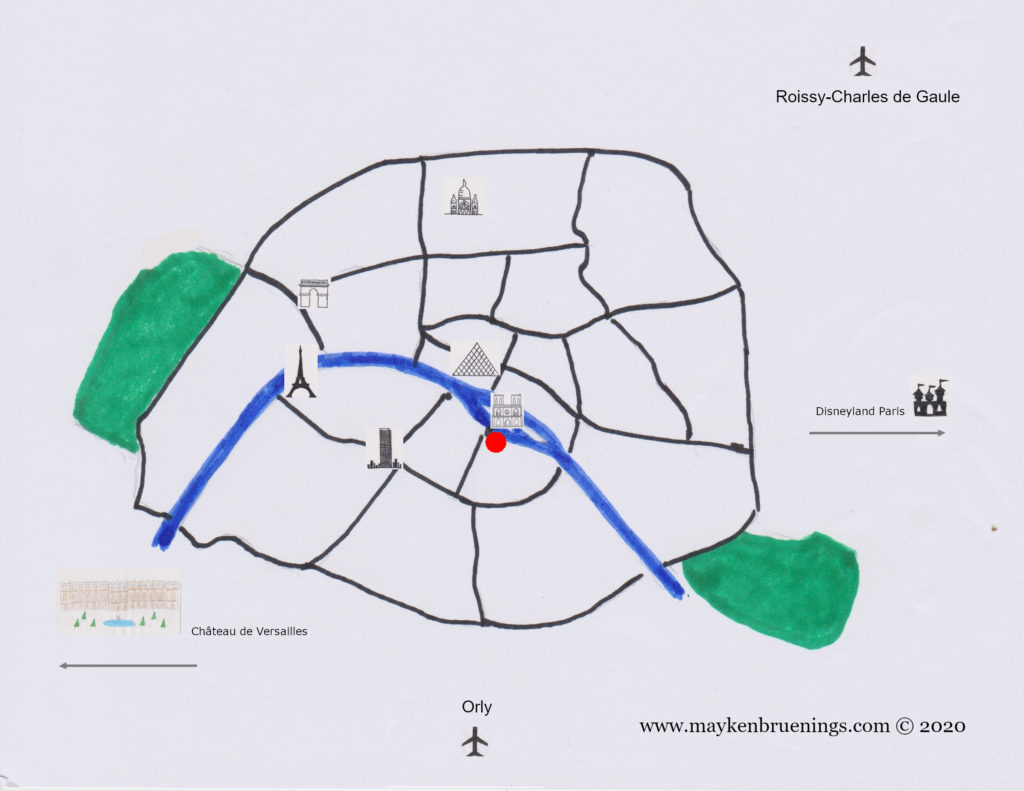In 1645, seven-year-old Sun King Louis XIV, and his mother, Anne of Austria, laid the first stone of the Val de Grâce church. The queen mother this fulfilled an oath she had made earlier, to thank God for giving her a son.
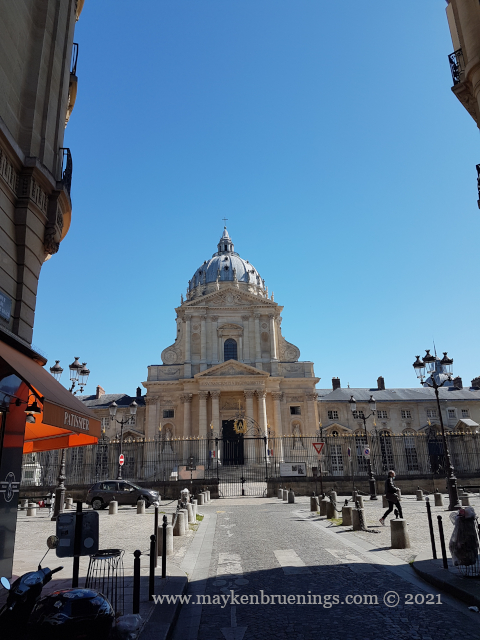
Up until the French Revolution, the ^Val de Grâce was the church of the Royal Val de Grâce Abbey. It is located on the grounds of the Val de Grâce hospital. Thanks to the Benedictine nuns providing medical care to injured revolutionaries, the church was spared much of the desecration and vandalism churches such as Notre Dame and Saint Eustace suffered during the French Revolution. Still, it became a military teaching hospital in 1796.
It remained a military hospital until 2016 and treated normal patients as well as the French presidents Jacques Chirac and Nicolas Sarkozy during their respective mandates.
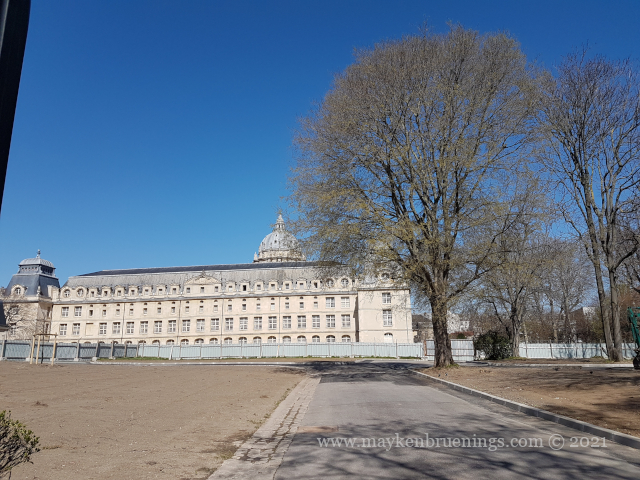
Today, only the training, research and museum activities remain on site. In 2020, the French president Emmanuel Macron announced it would house three new research institutes, a campus to be completed by 2028.
